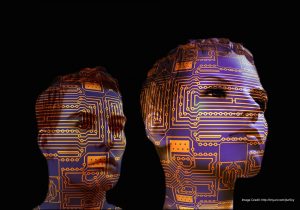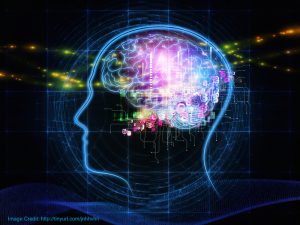Competition Impacts of Energy Tariff Options: There and Back Again
[ Image Credit: Niel Lall ]
The broad question looming over these recommendations is this: will this new intervention – which is essentially a negation of the previous one – bring about positive outcomes for the consumers?
by Paul Monroe
Ensuring sufficient competition in the energy market is a key role of the regulator. One of the most popular measures for measuring competition has been in the analysis of customers switching between tariff plans. Unfortunately, switching rates are comparatively low and the market remains dominated (85%) by the six largest energy companies. Many regulatory interventions have been made, but one of the most significant was a cap on the total number of tariff plans on offer by suppliers.
Earlier in 2016, this decision was reversed and the cap was eliminated. The primary reasoning was that the cap now inhibited competition because, alongside other measures, it prevented the creation of innovative offerings, like reward plans paired with other services, discounted “smart home” packages, and more.
The broad question looming over this decision is whether the cap removal will promote innovation or simply represent at return to the previous state of affairs. Furthermore, the implications for vulnerable customers – who benefit greatly from regular switching but may be dissuaded from doing so in this scenario – require exploration. This paper will detail the potential effects of this policy intervention in depth.







